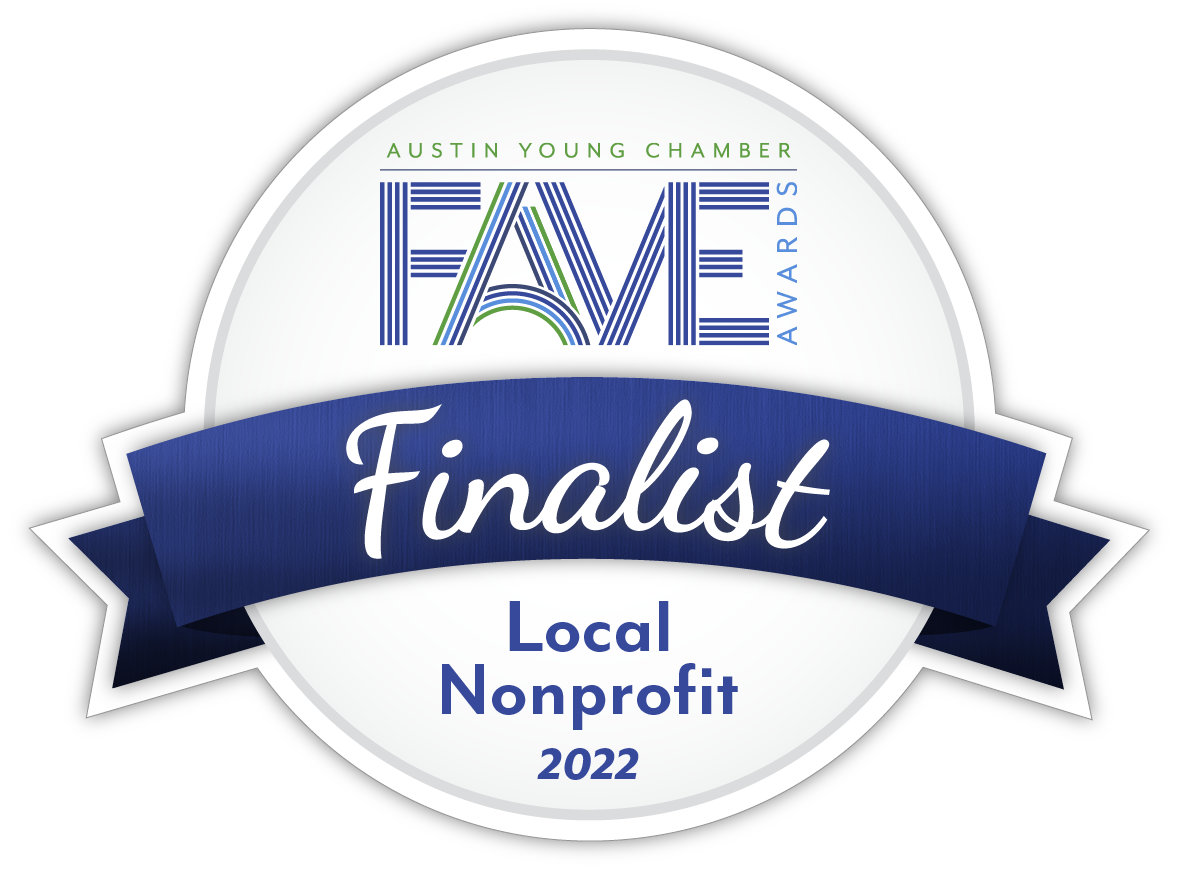Written by Collin McMichael, Education Coordinator
It’s October, so now we’re on to the scary critters! Welcome to Bug of the Month: After Dark. From here on out its all the creepy nasty stuff, at least until the buggos wake up again come Spring. Let’s start this off with none other than the insects with the unique distinction of being so cruel they made Charles Darwin lose his faith in God: the parasitoid wasps.
Parasites might be fun, but do you know what’s more fun? Parasitoids. I would much rather those minute, wriggling horrors burst forth and kill their hosts than merely infest their flesh ad infinitum. Have you ever seen Alien? Parasitoids wasps were actually a main inspiration for the Xenomorph, specifically its developmental strategy. Admittedly a few liberties were taken with the whole Oomorph and Facehugger parts of the lifecycle since parasitoid wasps are somewhat more metal, and maternally involved, when it comes to finding a safe spot for their offspring. I would wager Ridley Scott felt the need to tone it down for theater audiences. Also, parasitoid wasps are not the only parasitoids in the insect class. There are a few others, mostly flies, but the wasps will be the main focus of this treatise because I am somewhat partial to the Hymenoptera. Hymenoptera and Xenomorphs, that is.
Hymenoptera are the order of wasps, ants, bees, horntails, and sawflies. The name is Greek for “married wings” since they have small hooks keeping their fore- and hindwings together in flight; after all, Hymen was the Greek god of marriage. While their etymology may be fun, their entomology is where the party is. Hymenoptera as an order is cosmopolitan and diverse. The parasitoid group is paraphyletic within the greater group of wasps. It is mainly comprised of the families Braconidae and Ichneumonidae but includes at least 38 others. Ichneumons, specifically, gave the curious Mr. Darwin pause when considering their life histories.
It is mildly disconcerting that these myriad lineages independently concluded the best family strategy was not that “it takes a village,” as was the case with the ants, bees, and other eusocial members of the Hymenoptera. Instead, these hell beasts opted for the worst kind of surrogacy. They decided it would behoove their offspring to be implanted inside something that’s already alive. Who needs parental care when the babies can consume a host from the inside out as it continues to evade danger blithely unaware of its impending, internal doom? But wait! There’s more! Not content with mere ghoulish overtones, many parasitoids take it a step beyond infecting unsuspecting critters and actually brainwash their hosts into behavior that benefits the wasps directly! Some hosts can be pumped so full of brain chemicals that once the multitudinous wasps erupt from its body cavity only to pupate on its integument, the dying caterpillar will protect the pupae of its pernicious parasitoids from prowling predators.
“But how do they get inside the host?” I am sure you must be asking yourself now, never content with my glossing-over of such a gruesome subject. There’s no rule, unfortunately, but I can say that none of them use Facehuggers or motion activated Oomorphs. Many lay their eggs on the body surface of their host and then the newly hatched larvae burrows in and takes up residence. A more invasive technique involves an ovipositor that has evolved into more of a hypodermic syringe than a simple egg-laying appendage. In some wasps, notably the two-inch-long ichneumons in the genus Megarhyssa, the ovipositor is actually tipped with zinc. They oviposit inside wood-feeding grubs up to four inches below the surface of a dead tree, drilling through wood with their zinc-tipped, egg-injecting, syringe-like ovipositor! I told you they were metal!
And much like a Megarhyssa ovipositor, this metal, wood-drilling Bug of the Month ended up being just too long. Sorry, I studied these guys in grad school so I can literally talk about parasitoids until I am blue in the face. I’m really fun at parties. Tune in next Looking Up! for the thrilling conclusion. It will be worth the wait, I promise! You’ll certainly be interested if you’ve recently visited any downed spacecraft since I’m going to write about self-medication in hosts among other things, but I really wouldn’t worry about the steadily growing pressure in your chest. It’s probably nothing.

